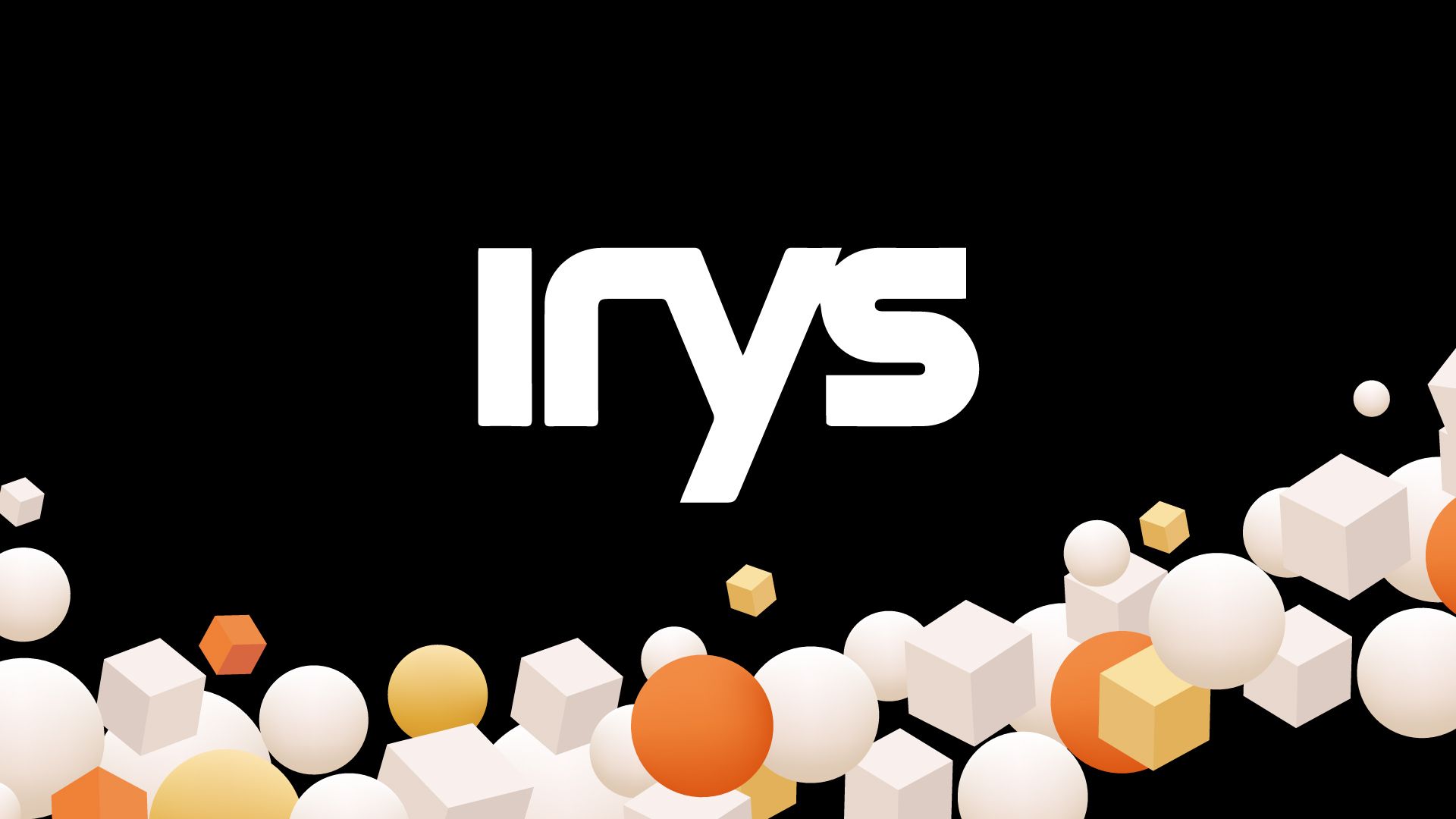Introduction
Our brains make 35,000 decisions every day based on the information we know. As a society, we value the power of knowledge, believing that the more information we have, the better our decisions will be. Yet, the growth of artificial intelligence (AI), fake news, and deep fakes begs the question: is more information truly better?
In our view, more information is not necessarily better, especially if this information is unreliable. Provenance can improve information’s reliability and make it more useful by adding accountability to it.
In our previous article, we discussed the Provenance Trilemma. Historically, the provenance of information has been difficult to qualify due to the limitations of technology. Here, we’ll dive into the detrimental impact that our current provenance standards have had on individuals, businesses, and society before sharing how Irys can address these issues with strong provenance.
Weak provenance damages the integrity of food’s supply chain
Weak provenance enabled the horse meat scandal in Europe in 2013, which led to a multinational crisis of trust in the authenticity and quality of meat products. The scandal involved the discovery of horse meat being sold as beef in various food products. Ultimately, this led to widespread concern about food labeling (weak provenance), a revelation that shattered consumers' confidence, leaving them to question the integrity of the entire food industry.
The provenance associated with the meat industry supply chain lacked the capabilities to autonomously verify what goes into our food. Fundamentally, a publicly verifiable provenance chain would allow any consumer to visualize and verify the food production chain.
Advancements in AI are driving demand for provenance
With the advancements in AI, we’ve started to see the proliferation of fake content including, high fidelity deepfakes and fake news, which are near impossible to differentiate from real content. Furthermore, with AI comes further democratization of information as AI agents become available to everyone for (almost) free. This means there will be exponentially more channels funneling false information to individuals.
The key to solving these problems comes down to using a provenance layer as an open ledger of record for tracing which content is AI-generated.
Weak provenance hurts creators and users
The creator economy leans heavily on intricate systems like YouTube's Content ID and Meta’s Rights Manager for managing and verifying content. Currently, these tools are effective at managing the enforcement of content rules. But, with the proliferation of AI, there will be exponential growth in content production. I predict that over 90% of content will be created by AI within ten years. When this happens, Meta and YouTube’s systems will struggle to categorize which content is AI-generated and which content derives from other content.
Irys is a solution to these problems. Its provenance layer can categorize content by integrating verifiable onchain attributes into the data. It can enforce issues around derivative work by licensing data. Once you have licensed data, you can start to automatically enforce content rights on creator platforms.
While these tools are efficient in their respective ecosystems, they are platform-specific. As protocolized social platforms, like Lens and Farcaster, where there is a shared “data layer,” gain adoption, there will need to be common provenance standards that arise to solve content issues across the applications built on social protocols.
Provenance is still unsolved in Web3
Web3 has significantly advanced provenance standards through content tokenization. Despite this, we’ve yet to fully address weak provenance within the space. Although blockchains offer an immutable record of provenance, current implementations reveal gaps:
- Lack of standards around rights granted to intellectual property: NFTs allow you to link to data, but there is no standardized approach for defining what rights the NFT creator grants to holders over the underlying intellectual property.
- Vanishing Assets: Blockchains might record asset ownership, but the actual assets can vanish if hosted on temporary storage mediums like IPFS or cloud storage.
All data on Irys gets stored on Arweave, making the NFT metadata and assets permanent. This means that collectors and creators are protected from any component of the asset disappearing.
The Universal Data License (UDL) offers a remedy. It enables onchain content to tap into established traditional provenance infrastructure while retaining the advantages of being onchain. Most notably, it grants users permanent rights.
Furthermore, the UDL gives creators and users a single source of truth detailing how content can be used. This stands in contrast to the current situation, where a majority of NFTs come with no rights beyond royalties. Licensing has been experimented with in some leading projects. For example, purchasing a Bored Ape offers the buyer expansive rights, even allowing them to feature the NFT in media productions. Conversely, with Coke's NFT release, owning the NFT doesn't authorize you to repurpose the Coke logo for competing ventures.
In short, UDL allows builders to define rules within the provenance on how their content is used and monetized.
Regulatory pressures to enforce provenance are mounting
We’ve already seen regulatory bodies in the EU pushing for social media companies to clearly label AI-generated content on their platforms so users can verify if the content is AI-generated.
As more fake content spreads on the internet, regulators will be increasingly pressured to provide frameworks for safeguarding individuals from malicious, unverifiable behavior online. Businesses will be looking for robust solutions for weak provenance, especially with AI companies looking for a solution to safeguard users while maintaining the IP rights of creators, which will otherwise be affected by AI’s expansion.
Irys’s strong provenance is the solution
The key to solving these problems is strong provenance that adds accountability to all data. Strong provenance enables users to verify the origin of content at any point in the future. This means that users will be able to verify each attribute of provenance: timestamp (when something happened), authorship (who authored the content), attribution (extra information about the content), and authenticity (has the content been tampered with).
Irys is the only provenance layer. It enables users to scale permanent data and precisely attribute its origin. By tracing and verifying where data comes from, Irys paves the way to incorporate accountability into all information.
Conclusion
Weak provenance erodes trust in information. The impact of weak provenance on individuals' trust and well-being directly affects businesses' reputations and market share. Conversely, businesses' failure to prioritize robust provenance practices erodes consumer loyalty and satisfaction. Ultimately, this erodes society's trust in the marketplace.
To break this cycle, it is crucial that we set clear provenance standards.



